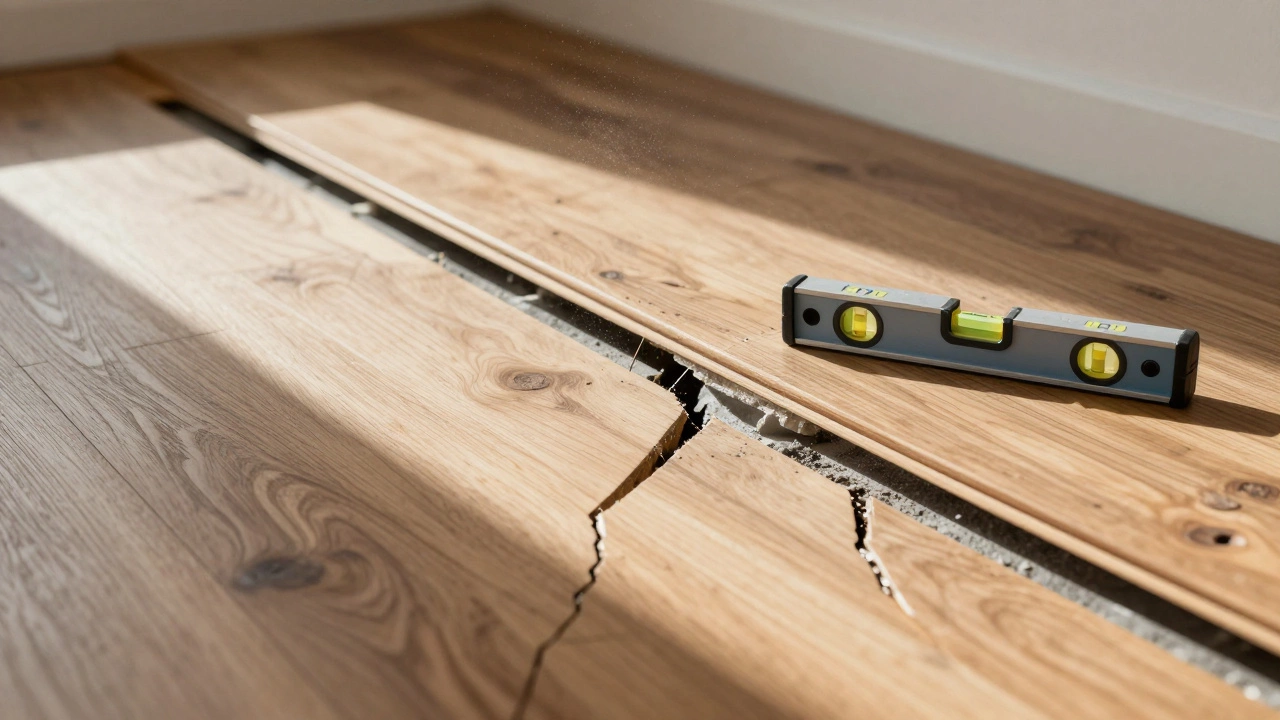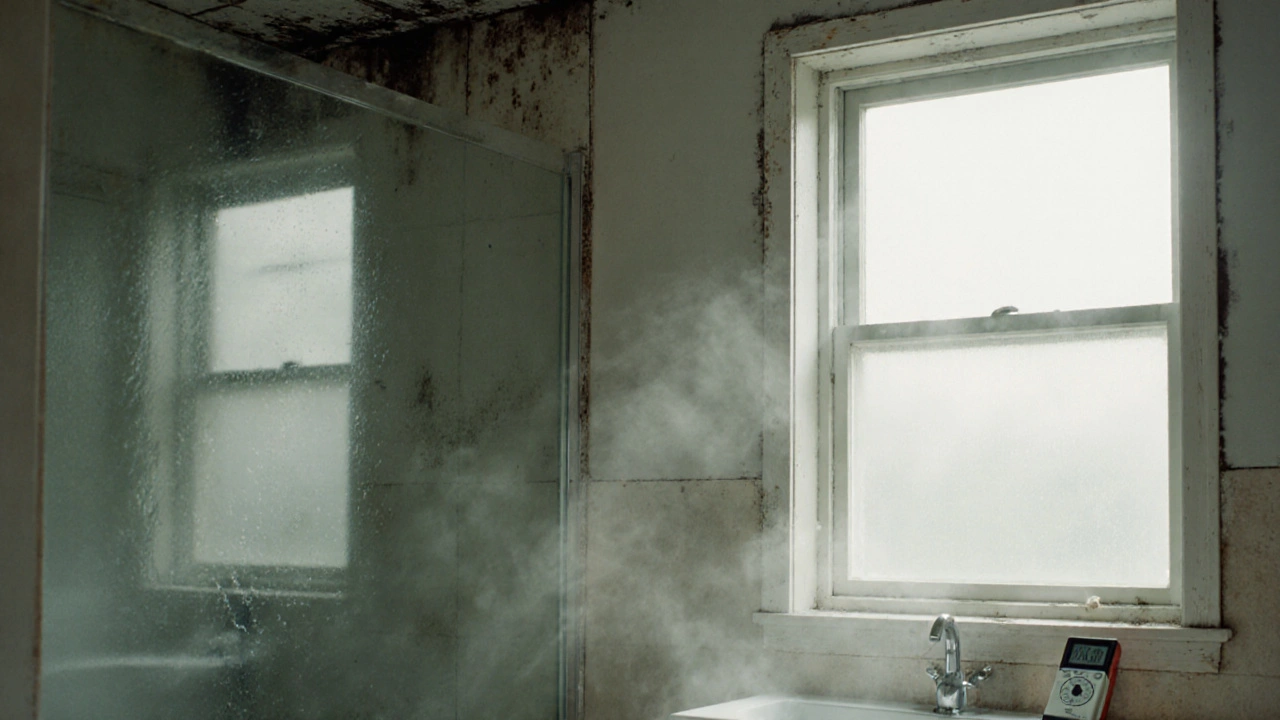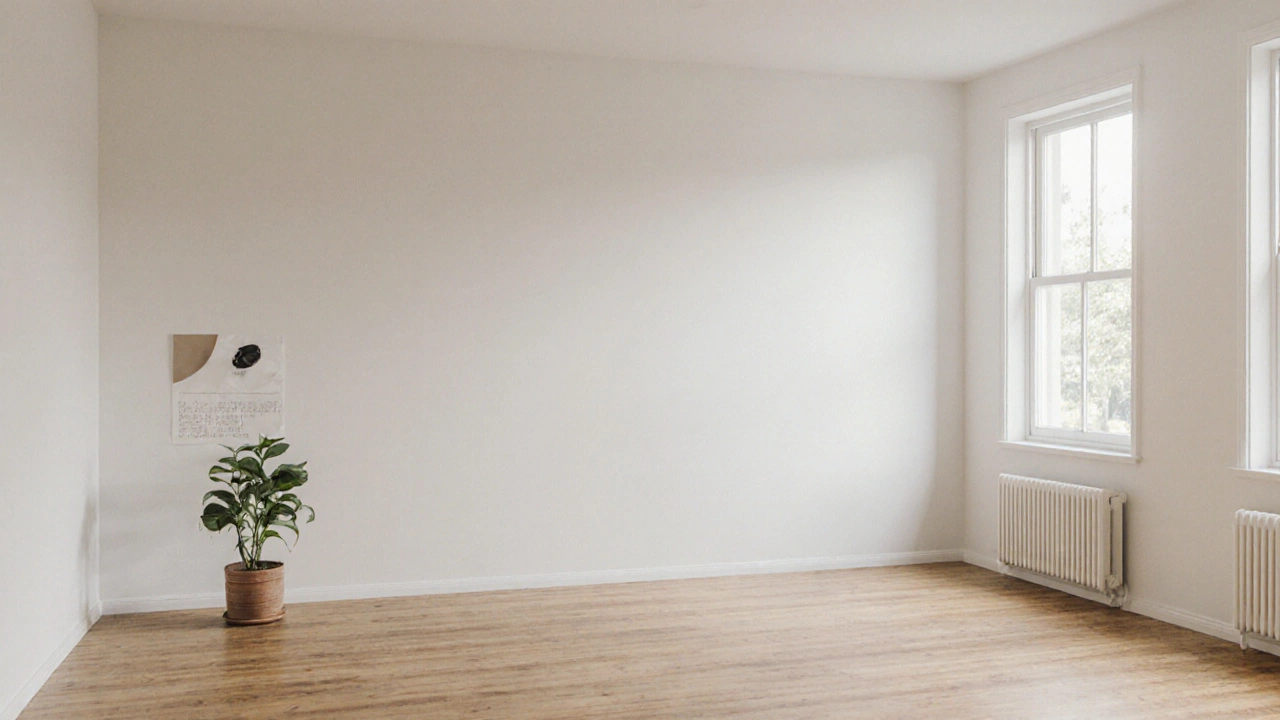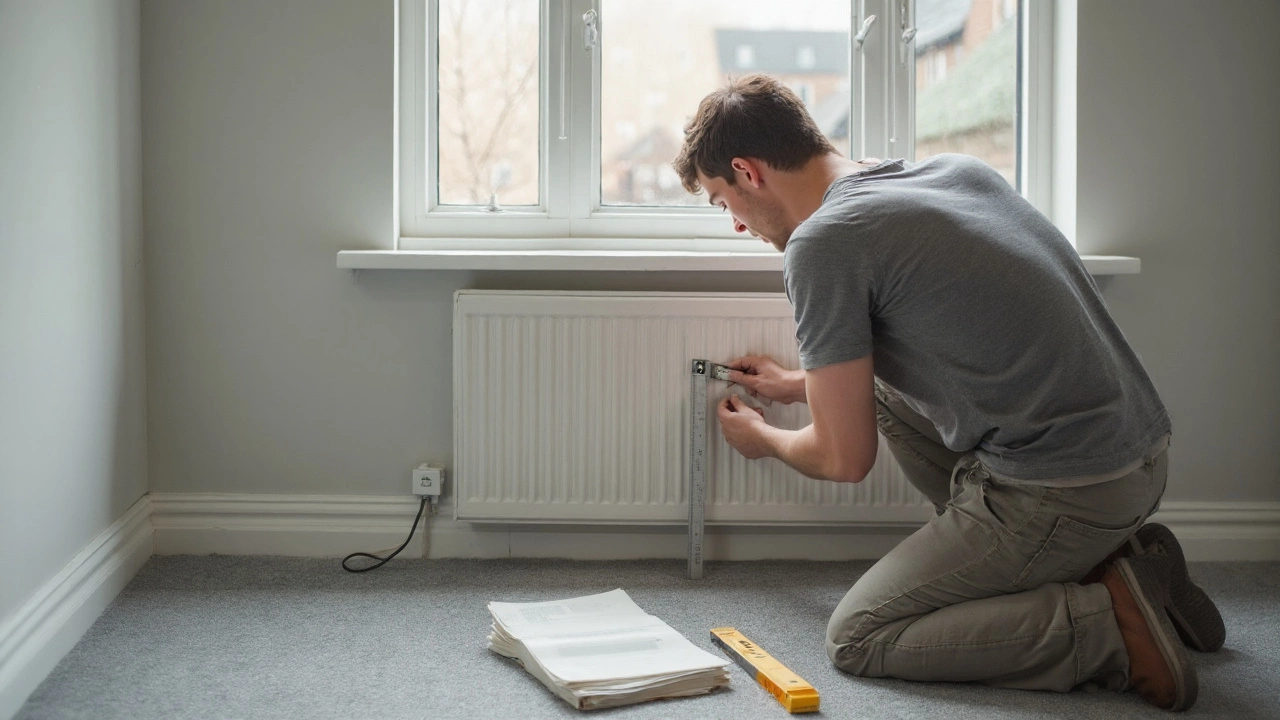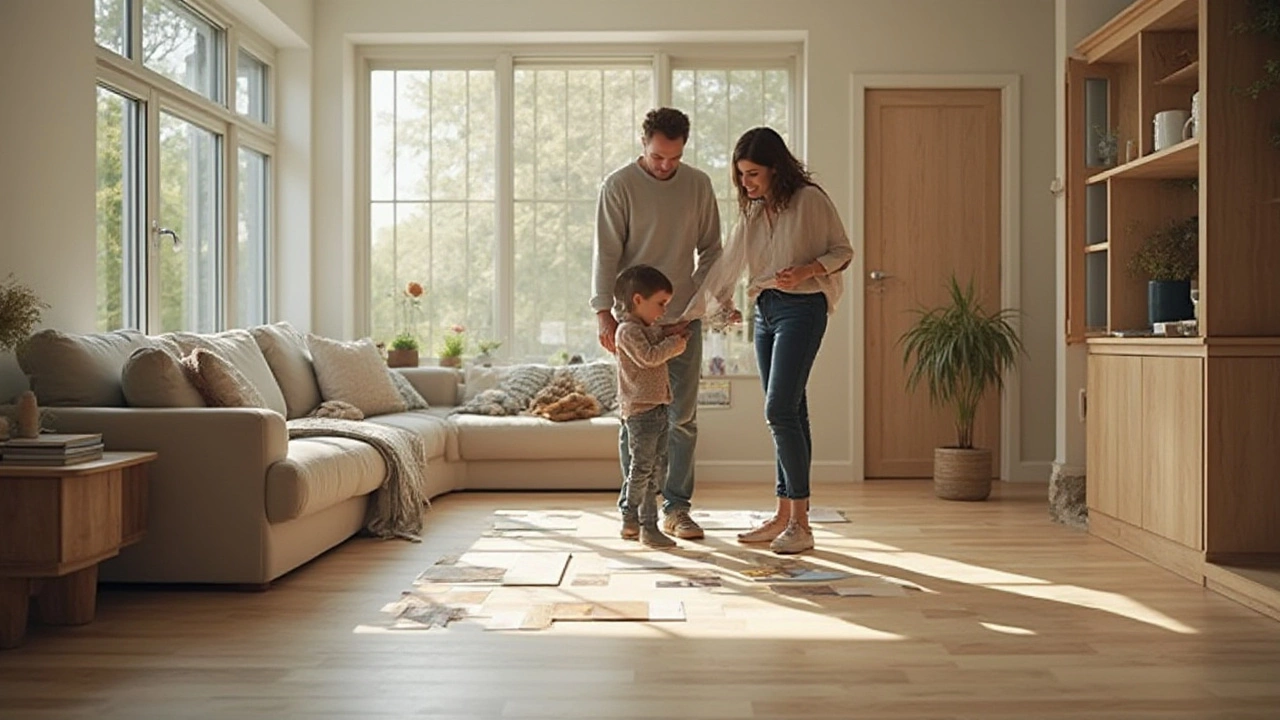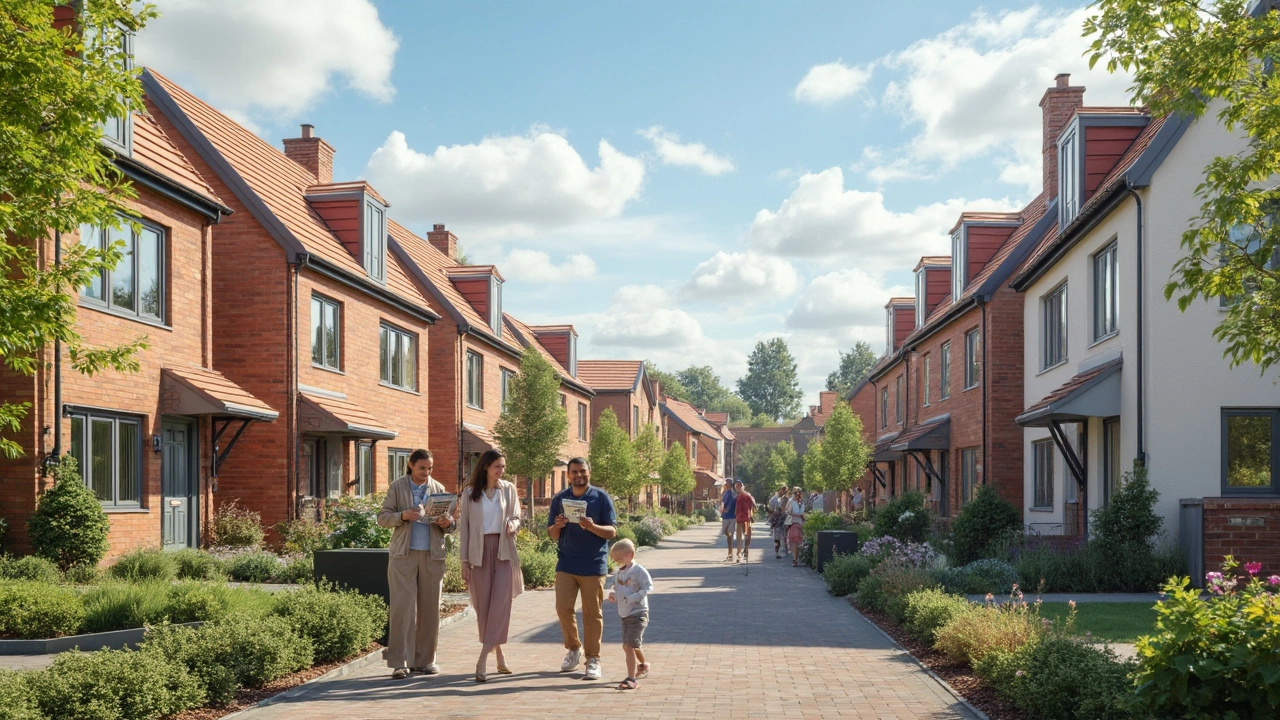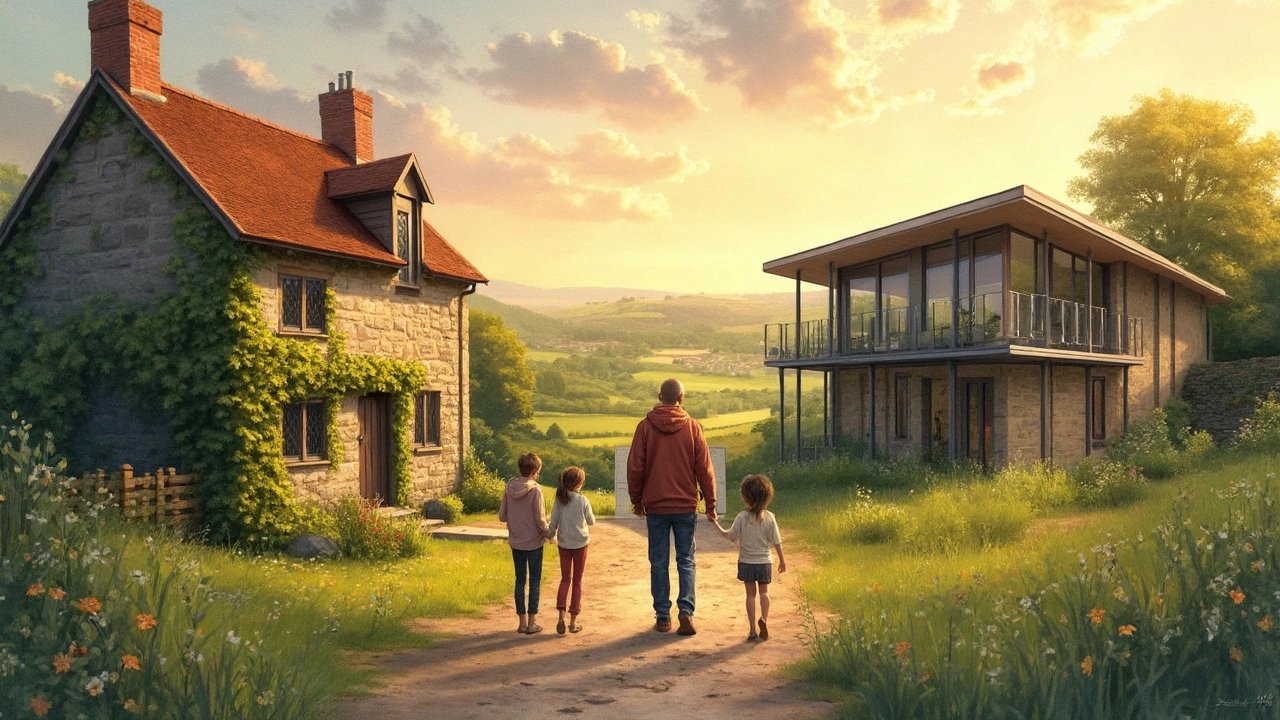New Builds: Practical Tips, Cost Guides and Material Choices
Starting a new build can feel like a huge project, but breaking it down into simple steps makes it manageable. You’ll need a clear plan, a realistic budget and the right materials to avoid headaches later. Below you’ll find easy‑to‑follow advice that helps you move from idea to finished home without unnecessary stress.
Planning Your New Build Budget
The first thing to do is sit down with a spreadsheet or a budgeting app and list every cost you can think of. Include land price, design fees, permits, foundation work, structural frames, roofing, finishes and a contingency fund for the unexpected. Many first‑time builders forget the contingency and end up scrambling when surprise costs pop up.
A good rule of thumb is to set aside 10‑15 % of the total budget as a safety net. If you estimate the build will cost £250,000, aim for an extra £25,000‑£37,500. This cushion covers anything from delayed deliveries to minor design changes.
Next, compare quotes from at least three reputable contractors. Look beyond the lowest price—check their track record, reviews and whether they include warranties. A slightly higher quote from a reliable builder can save you money in the long run through fewer mistakes.
Don’t overlook ongoing costs such as utility connections, landscaping and final cleaning. Adding these items to your budget early prevents the dreaded “budget overrun” panic when you’re near the finishing stage.
Choosing the Right Materials
Material selection influences both cost and durability. For walls, brick and block are solid choices that stand up well to weather, while timber frames can be cheaper but may need extra insulation.
When picking flooring, think about the room’s use. High‑traffic areas like kitchens and hallways benefit from tough tiles or luxury vinyl, while bedrooms feel cozier with engineered hardwood. These options balance durability with style without breaking the bank.
Roofing material matters for long‑term maintenance. Asphalt shingles are affordable and easy to replace, but metal roofs offer better lifespan and energy efficiency. If you’re aiming for eco‑friendly solutions, consider recycled roofing panels that still meet building regulations.
Don’t forget about insulation. Proper insulation reduces heating bills and improves comfort. Spray foam, mineral wool or rigid board each have pros and cons—choose the one that fits your climate and budget.
Finally, plan for future upgrades. Run extra conduit for electrical, leave space for extra plumbing lines, and think about where you might add solar panels later. Planning now saves time and money if you decide to upgrade down the line.
Once you have your budget and material list, create a realistic timeline. Break the project into phases: site prep, foundation, frame, envelope, interior finishes and final inspection. Share this schedule with your builder and revisit it weekly to catch delays early.
Communication is key. Keep a notebook or digital log of decisions, changes and any issues that arise. This record helps you stay organized and provides evidence if disputes occur.
When the build nears completion, schedule a thorough walkthrough with your builder. Test water pressure, check door alignments and make sure all electrical outlets work. Spotting problems early means you can fix them before the final handover.
With a solid budget, the right materials and clear communication, a new build becomes a rewarding experience rather than a stressful one. Follow these practical steps, stay on top of costs, and you’ll enjoy a home that meets your needs and lasts for years to come.


